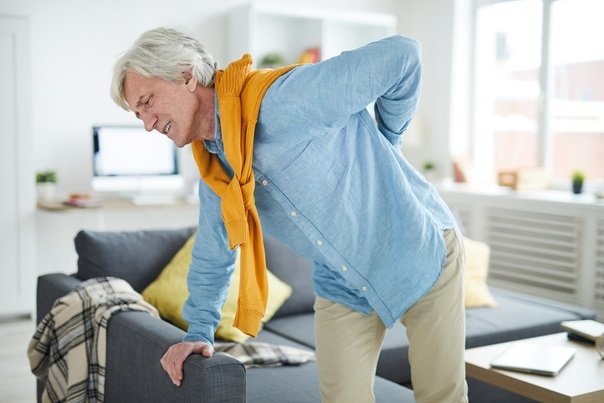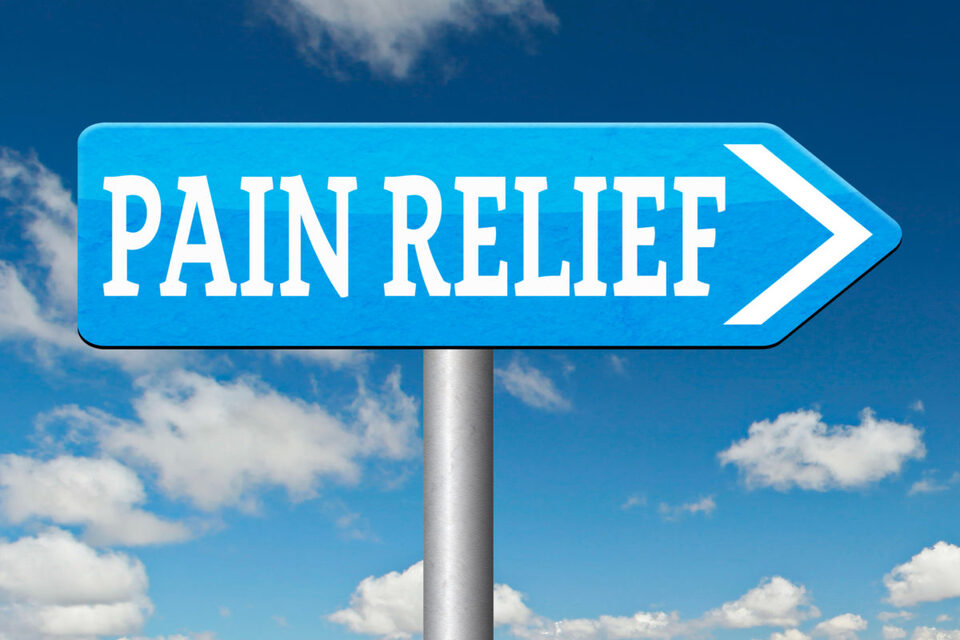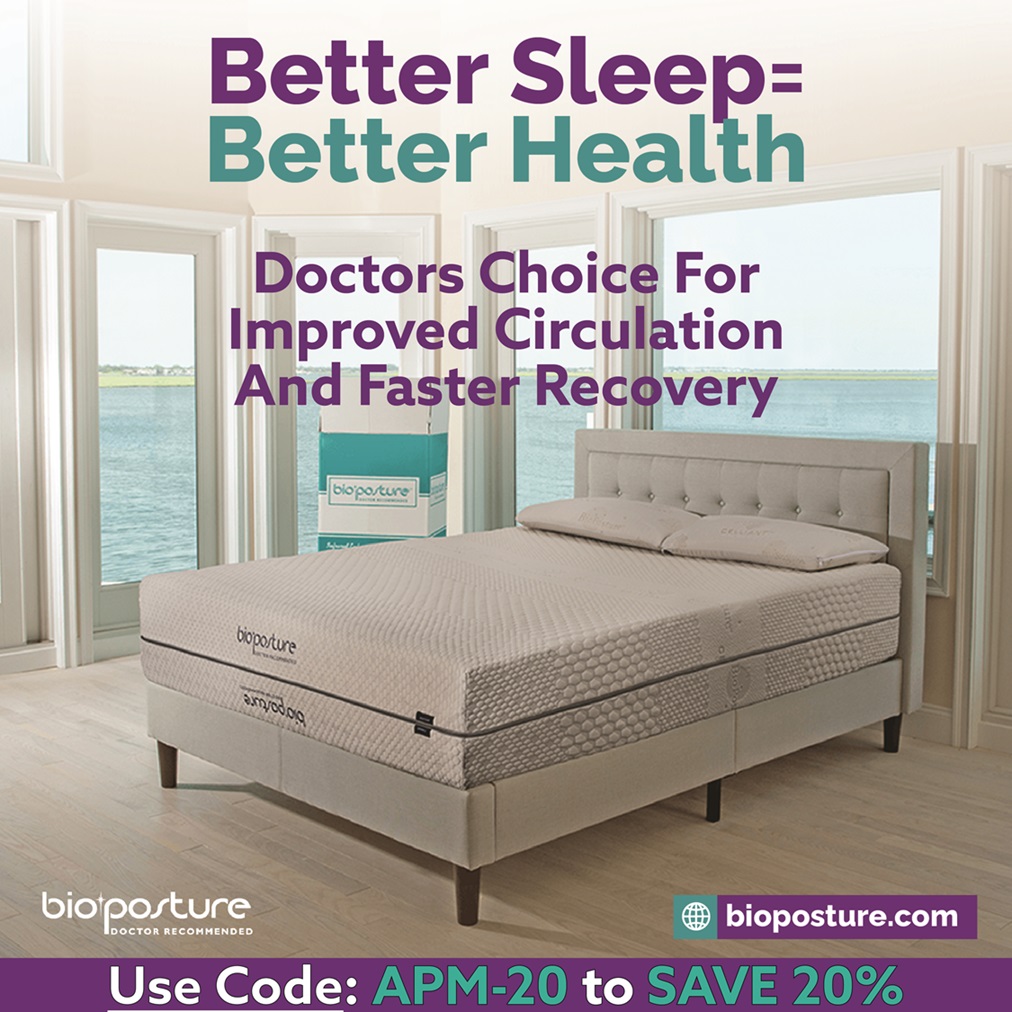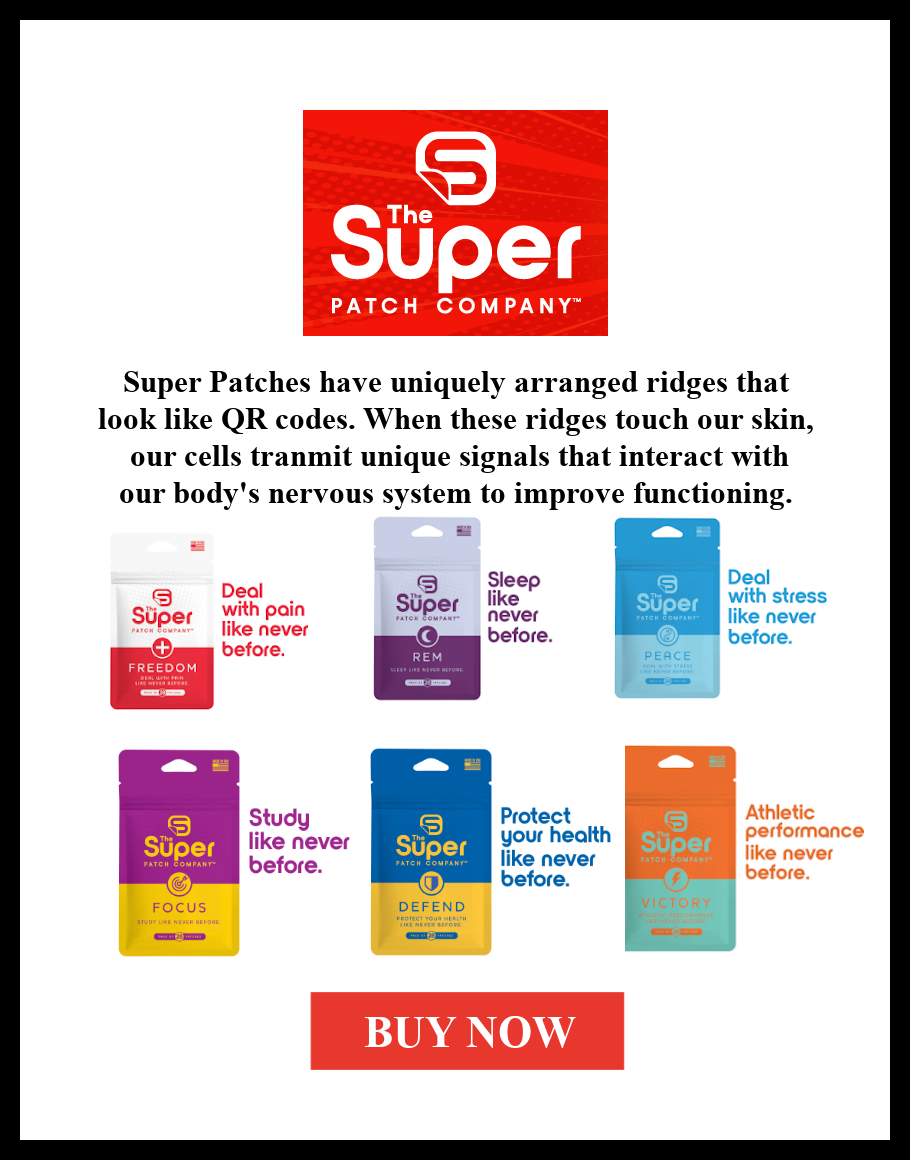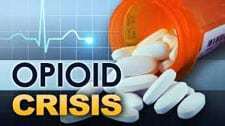
THE OPIOID CRISIS AND WHAT WE CAN DO ABOUT IT. By Robert Odell, MD, PhD.

As a medical student, I often wondered why people got ill, why some got chronic pain and/or why some people were healthy. The mechanisms of pathophysiology are complex and often poorly understood; the pathophysiology of pain is now in the forefront of this quest for the knowledge of how and why does someone get chronic pain while another person will not. The concept of “have a symptom…here is a pill” has caused us to turn to “papering over” symptoms with pain medications, all of which have side effects. I never liked that approach and have always tried to minimize the “pills” I prescribe to patients.
Narcotics should always only be utilized as a last resort for chronic pain conditions. For acute or temporary pain, narcotics are a blessing because they work with your own endorphin system to alleviate pain. Taken chronically; however, they have not only many side effects (for example; threatening respiratory depression) but they also actually have the biological capability of enhancing pain. This previously little known concept, termed opioid induced hyperalgesia, is in addition to the natural effects of habituation where opioid receptors increase as more opioids are taken, requiring higher doses of opioids.
Many patients who have been on significant dosages of narcotics find that when they decrease their usage, their chronic pain does not get worse. For others, this effect does not happen and they continue to require treatment. How to determine which path a patient will take is usually only through trial and error. What makes prescribing even more difficult are the encumbrances and inconvenience of dealing with controlled substances and the myriad of rules, regulations and sanctions associated with having a DEA registration number. We, as pain management physicians, now find ourselves in a “damned if you do, and damned if you don’t” situation. Physicians have been sanctioned (for example; sued, lost licenses, and even incarcerated) for the over-prescribing of controlled substances. Medical providers have also been sued for the under-prescribing of pain medications which have allegedly caused patient’s increased pain and suffering.
The bottom line is that there is no “pain meter” with which we can measure a person’s pain or discomfort. Pain is defined by the International Association for the Study of Pain (IASP) as “an unpleasant sensory and emotional experience associated with actual or potential tissue damage, or described in terms of such damage.” Note the use of the words “potential” and “emotional.” When the pain signal travels to the brain, it divides by going laterally to the homunculus where its location is precisely mapped on our body so we know where the pain is location; and medially to the limbic system which is the root of our emotions and reaction to this input. These reactions vary widely from the woman who gives birth with little perceived pain to the hysterical hypochondriac who visits the emergency room for every one of life’s little bumps.
What can all of us do to help elevate the quality of life of those in chronic pain, to help those who would become addicted or heavily dependent on opioids, to help the authorities bring those to justice those who would take advantage of people under the influence of opioids, and finally, to help curb this crisis? How can we help when that stimulus – pain – can only be self-reported and cannot be universally measured (like blood pressure)? The answers are many and complex, but worth pursuing.
Those of us who are providers must take the time to work with our patients and personalize care to optimize their pain treatment strategies. We must look for alternative ways of treating chronic pain, which is the cornerstone and raison d’etre for the Neuropathy & Pain Centers of America At our clinic, we take the time to help each and every one of you. We go to great lengths to assist you in decreasing your painful state with alternative, energy based and almost risk free techniques. When we must prescribe narcotics, we do so only as a last resort and only with the intention of your resorting to the use of these drugs as a temporary measure. In those patients in whom we have tried all other options, we strive to absolutely minimize the dosages required for you to maintain good function and quality of life.
What can you, our patients and fellow citizens do to help? I have listed below concrete steps that can be taken by laymen to assist all stakeholders – doctors, patients, regulators and the public – in curbing this crisis:
- Always consider using non-opioid alternatives when you or someone close to you develops a painful state; please seek – or have them seek – medical attention as soon as possible before a problem becomes chronic. Some of the best non-opioid alternatives are topical creams and some of the best treatment options are energy based.
- If you are taking opioid medications, consider reducing the quantity by using a variety of means available from the medical and wellness communities. Please keep these medicines in a safe place at all times.
- Maintain as healthy a life-style as you can, including intake of foods which are “anti-inflammatory” and not “pro-inflammatory.” You are what you eat needs no further explanation.
- Exercise regularly. Those who exercise always have a lower amount of pain when they come in to see my colleagues and me. Regular exercise – which can be as simple as walking – will release a myriad of endorphins and other substances which will boost your energy, decrease your pain, and increase your sense of well-being automatically and produce “positive” side effects.
- Strongly give emotional support to those whom you know who may be unduly under the influence of substances, whether narcotics, benzodiazepines and even illegal drugs. They need our understanding and support, not our judgment.
- Consider supporting those charities that directly assist the addicts and the homeless, or volunteer yourself to help directly.
Some of my most rewarding moments as a pain management physician have occurred when patients have told me that I have taken away their pain that they could now do something they could not do before, that they could feel the bathroom floor with their feet for the first time in years, etc. Even more rewarding have been those patients who have eliminated or significantly decreased their opioid (and Lyrica and Gabapentin) usage. (We recently published a paper where 35 patients have decrease/eliminated opioid use using EST techniques.)
All of you can also significantly contribute to this crisis by living and encouraging healthy lifestyles, educating your children, friends, colleagues and everyone about the dangers of an over reliance on taking pills to solve problems.


